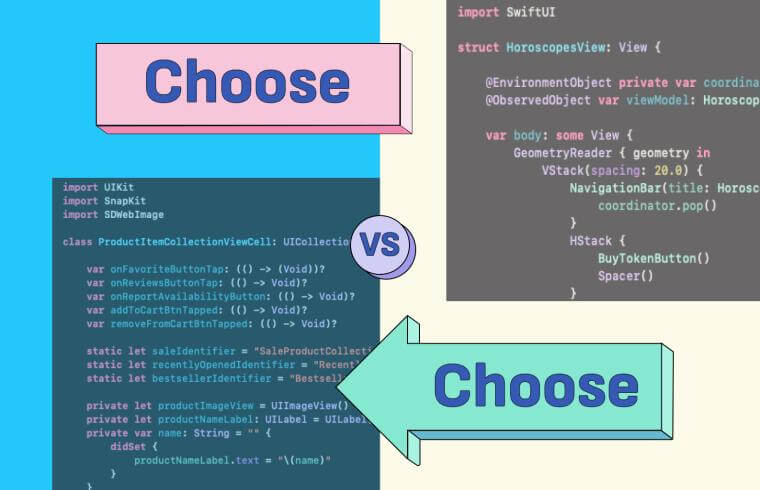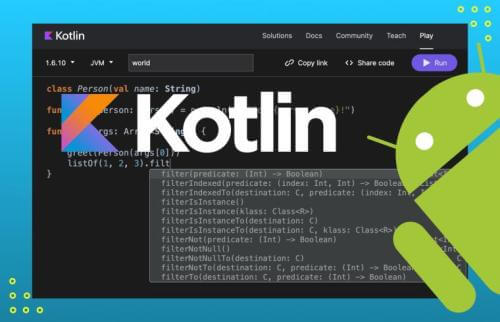
Main Differences Between Cocoa Touch and SwiftUI Frameworks
Cocoa Touch and SwiftUI are two major frameworks for developing applications on the iOS and macOS platforms. Each of them has its unique features and advantages. In this article, we will explore the main differences between these frameworks and when you should choose to use one over the other.
The Future of Mobile App Development: Trends to Watch in 2024
1. Programming Languages:
- Cocoa Touch: Cocoa Touch is based on Objective-C and Swift, although Objective-C dominated iOS development for a long time. Being based on C, Objective-C requires additional syntax for working with objects.
- SwiftUI: SwiftUI was developed by Apple as a modern alternative to Cocoa Touch, and it is exclusively based on Swift, simplifying the syntax and making development easier.
2. Declarative User Interface:
- Cocoa Touch: User interfaces are created using Interface Builder or programmatically, following an imperative approach.
- SwiftUI: SwiftUI employs a declarative approach where you describe how the interface should look, and the framework takes care of creating it.
3. Reactivity:
- Cocoa Touch: To create reactive interfaces, Cocoa Touch relies on object-oriented techniques and key observers.
- SwiftUI: SwiftUI has built-in support for reactivity, making development simpler and faster.
4. Cross-Platform Development:
- Cocoa Touch: Cocoa Touch is primarily meant for developing iOS and macOS applications separately, although code can be ported to other platforms using Catalyst.
- SwiftUI: SwiftUI promotes the idea of developing for multiple platforms, including iOS, macOS, watchOS, and tvOS, with shared code.
The Future of Mobile Development: Trends to Watch
5. Version Compatibility:
- Cocoa Touch: Cocoa Touch uses different API interfaces for different iOS versions, which may require additional work to ensure compatibility with various versions.
- SwiftUI: SwiftUI strives to provide high compatibility between different iOS and macOS versions.
When Would You Choose One Over the Other?
The choice between Cocoa Touch and SwiftUI depends on the specific project needs and your experience. Here are some recommendations:
For projects that need to support multiple platforms (iOS, macOS, watchOS, tvOS), SwiftUI can save time and effort with its shared code approach.
Requires deep integration with existing code written in that language, Cocoa Touch might be the better option.
In general, choose the framework that suits your project and needs. Additionally, it's worth noting that our specialists have extensive expertise in both of these frameworks. So, if you require an iOS application, don't hesitate to reach out to us for the best results.
Recent Articles
- A Case Story: How Academic Research Helped Predict Software Failures Before They Happened Every software team has faced this mom
- Happy New Year 2026
- Behavioural Design as a UX Trend in Mobile Apps for 2026
- MyCountdown — a personal event tracker for iOS
- Why Quality Assurance Is the Unsung Hero of Web Development




